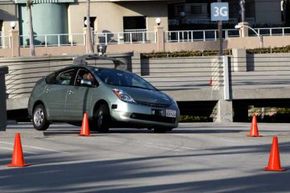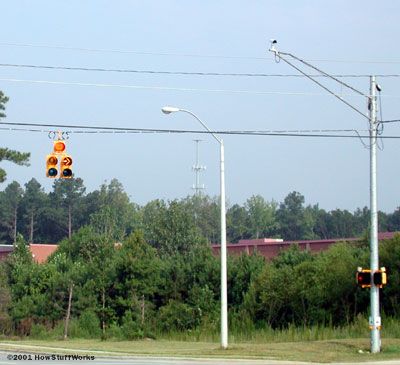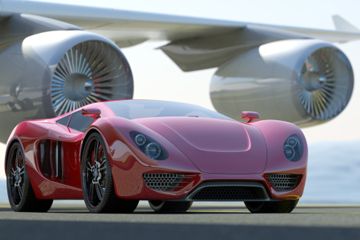Red tape aside, autonomous cars take human error out of driving, creating a safer and more efficient mode of transportation. While giving a TED talk in March, Sebastian Thrun, a Stanford professor who helped build Google’s car, imagines a world where driverless cars saturate the roads. Highway capacities could double or even triple. Traffic jams would be eliminated. And car accidents, the No. 1 killer for young people, would be a thing of the past.
How does this happen? First, robots react faster than humans and can see 360 degrees. They also don’t get sleepy, drunk or distracted by text messages, Google engineers say. But in addition, these autos use a variety of sensors to tell when an object is near the vehicle, whether it’s moving, and, if so, how fast, and the driverless cars adjust accordingly. If car A, a driverless vehicle, travels at 60 miles an hour on the highway and eventually ends up behind car B, traveling 55 miles an hour, adaptive cruise control automatically decreases car A’s speed and keeps a safe distance from car B.
But sometimes accidents are unavoidable. Pre-safe systems, increasingly common in luxury cars, anticipate crashes by priming brakes and reducing engine power, for instance. If its pre-emptive efforts still indicate the car will crash, it prepares the airbags for deployment and tightens all the safety belts — it does all that in less time than for a human to slam on the brakes. (Funny enough, a Google driverless car got into its first crash in Mountain View in August, but turns out it was driven manually by a human. Oh, humans.)


